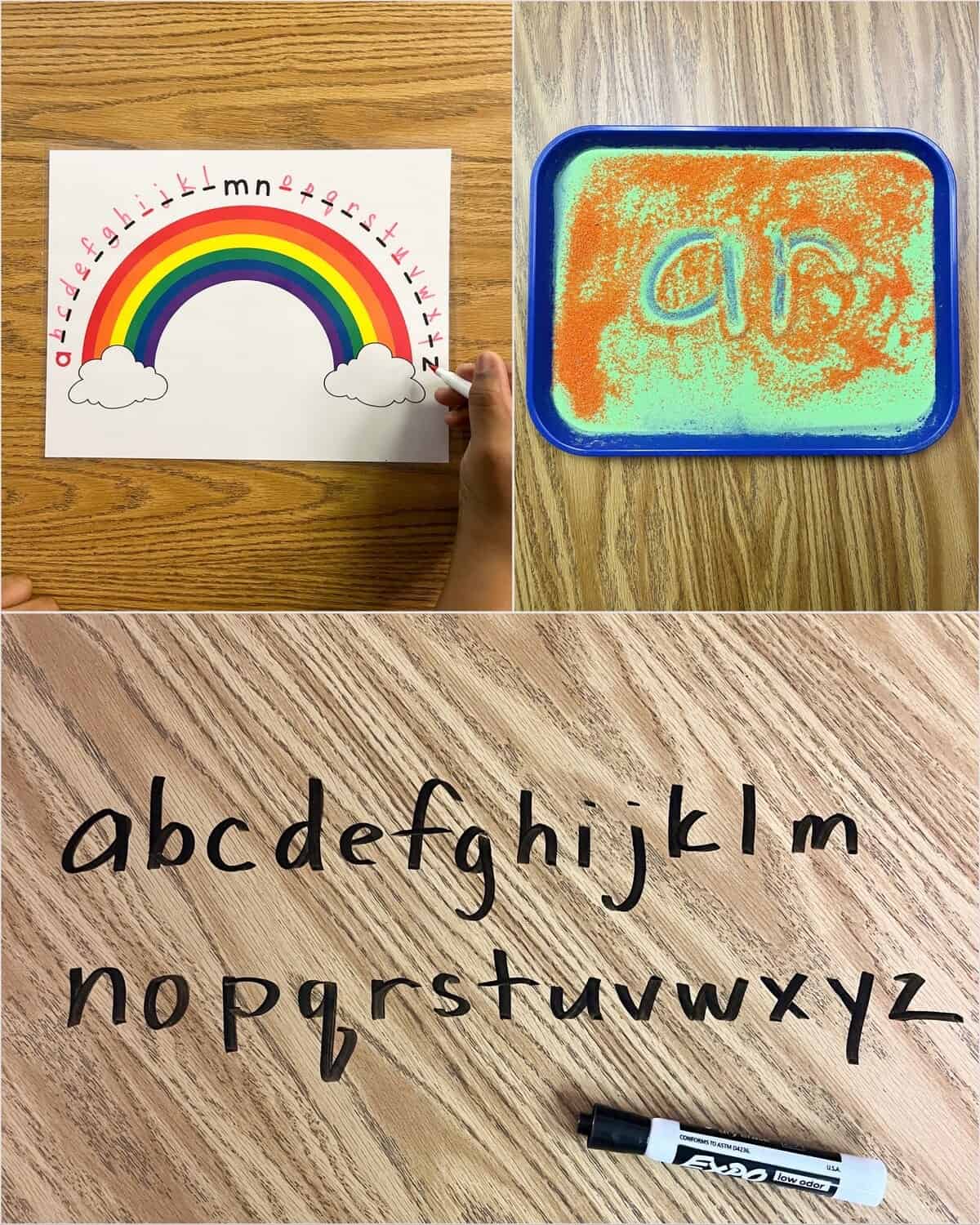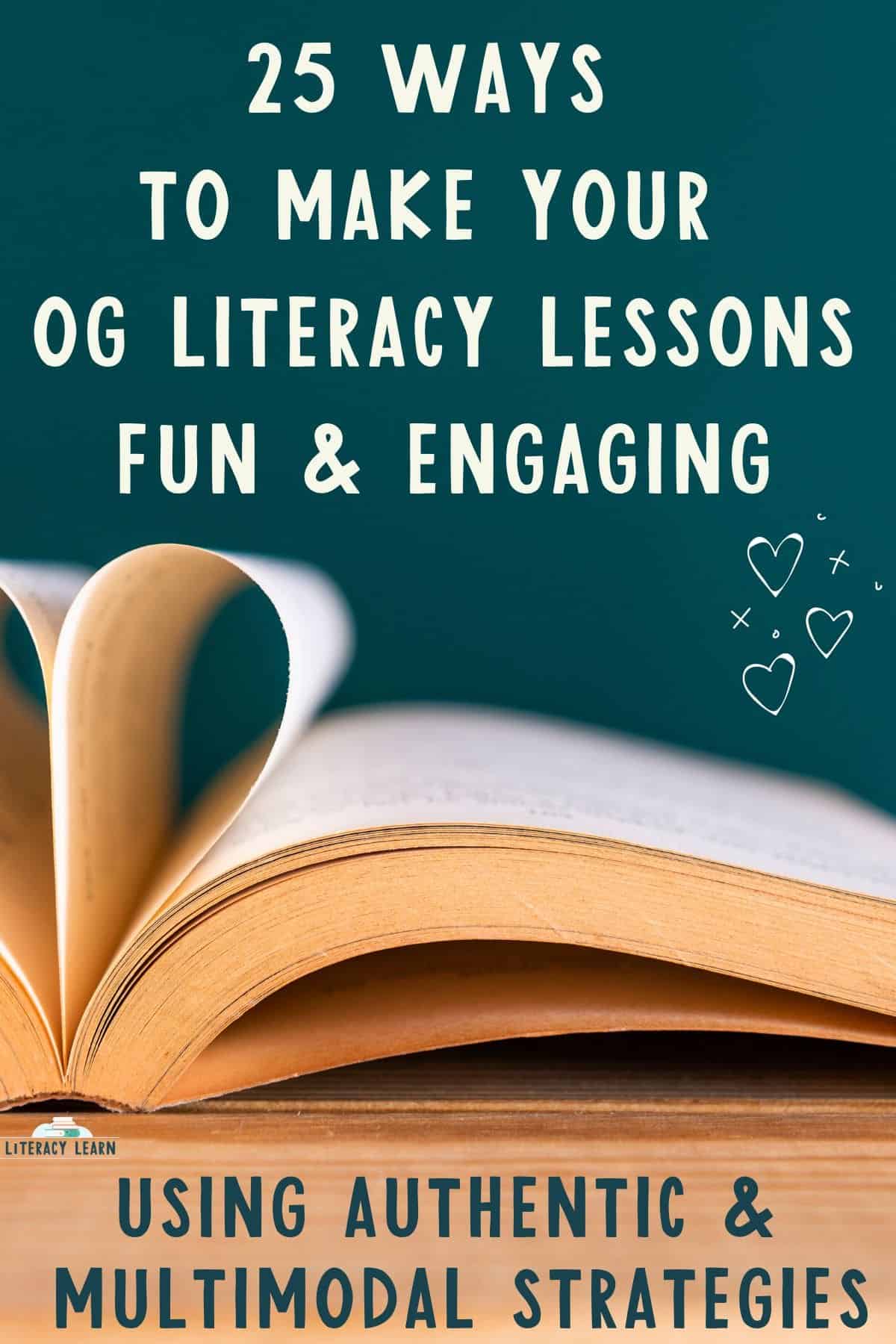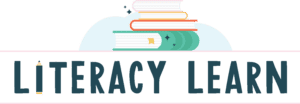25 Ways to Make Your OG Literacy Lessons Fun!
This post may contain affiliate links. As an Amazon affiliate, we earn from qualifying purchases.
Get excellent ideas and practical tips for multimodal approaches to literacy instruction. These strategies will be sure to engage students and make your OG (Orton-Gillingham) literacy lessons fun and meaningful!

Why Make OG Lessons Fun?
According to P. Montgomery’s A Principals Primer for Raising Reading Achievement (2013), the majority of students need repeated exposures to explicitly taught concepts in order to make the learning stick.
As an OG-certified teacher, I work with many kids with dyslexia and other learning disabilities. All my students need lots of practice with a concept before they can master it. (If you’re a parent looking for support, visit our Dyslexia Therapy Group.)
Because students will need so many exposures, incorporating fun ideas provides multiple means of representation in your Orton-Gillingham aligned lessons. We can find more than one way to explain, introduce, and practice a new concept.
The various approaches also help us avoid monotony, and it keeps learning fresh and exciting for kids!
“Phonics should not be perceived as the ‘grunt and groan’ method. Lessons can be fun, alive, and activity-based while helping children and adults learn the structure of the language.”
Gillingham, A. & Stillman, B. (1997). The Gillingham manual: Remedial training for children with specific disability in reading, spelling, and penmanship. Cambridge.
Since we only have so much instructional time, it’s important we make it count with authentic, multimodal approaches. We hope these ideas bring some fun into your SOR-aligned lessons while still encouraging multimodal, effective learning!

When to Make OG Lessons Fun?
Routines are best for kids and not every lesson needs to be focused around fun. Giving kids a goal to work towards, including fun activities, can be a motivating factor and help kids remain engaged.
Some ideas for when to include ‘fun’ portions into your lessons would be:
- Fun Fridays to review.
- After 3-4 days of targeted instruction.
- Just before a break, a holiday or special occasion.
- Earned Game Days.
25 Multimodal Ideas to Make Lessons Engaging
It’s important that our activities promote multimodal learning because multiple senses will be engaged. This includes visual, auditory, and tactile/kinesthetic.
Research tells us that multisensory learning that is authentic (reading, writing, listening, and speaking) AND engages a number of senses is the most effective type of instruction.
Below we will break down the typical parts of an OG lesson with specific ideas for each component. The most impactful activities are directly related to authentic reading and writing experiences.
🌟 Bonus: Many of the links included below will take you to our resources (some are freebies!) to make implementation easy!
Letter Sounds
We use sound cards for review concepts that have already been taught. Usually I hold up my cards or display them on the computer and kids read them. Kids see the grapheme, say the letter or letter unit, and repeat the sounds. So how do we make this fun?
👉 What’s That Letter? This game is a favorite in my classroom! With one child facing away from the sound deck or smartboard, the teacher flips the card and all the other students say the sound only. The one child facing away has to say the letter or letter unit.
For example: You flash the AR grapheme. Kids say the sound “/ar/” and the one student facing away has to say the letter or letter unit “AR.”
👉 Reverse Roles. Let the student play the role of the teacher and flip through the deck. (Kids can work hard throughout the week to try to earn this role!)
The student acts as the teacher as he or she says the letters and sound: “AR says /ar/” and the teacher and all the other students repeat “AR says /ar/”
👉 Partners Play. Print decks for partner play. Kids can quiz one another, taking turns flipping the cards and reading the sounds.
👉 Hedbandz™. Using the popular Hedbanz game, place the sound deck cards in the headband. Have the person reading say the letter sound only, while the person wearing the headband has to say the grapheme “M says /m/.”
For even more fun, buy the Hedbanz BlastOff™ version to make the sound deck cards pop!
👉Pop Its. Use fidget toys with graphemes on them to help kids say their sounds. Kids can say the letter name and sound as they pop them.

Writing Alphabet
Kids should write the alphabet every single day, building a strong foundation in alphabet knowledge. Here’s a few ways to have fun with it!
👉 Alphabet Arcs. Print off our FREE alphabet arc with anchor letters A-N, M-Z. Kids should write the missing letters as quickly as possible.
👉 Boogie Boards. Using boogie boards can help provide that extra motivation piece when kids are bored of writing letters A-Z everyday in place of their notebooks.
👉 Chalk. Get outside and have kids write the ABCs on the sidewalk using chalk. Then, for some extra auditory and kinesthetic practice, kids can jump on each letter while saying or singing the alphabet.
👉 Beat the Clock. Using a kitchen timer from the dollar tree, kids can write the alphabet and record their time. Each day of week they try to beat their time!
👉 White Crayon & Paint. Use white crayon to write the invisible alphabet. Use thicker paper and then kids can paint over it using watercolor. The end product is really beautiful!
Writing Sounds
For the auditory portion of your OG lesson, you will say the sounds while the kids write the corresponding graphemes (building phoneme-grapheme correspondences). They should use Simultaneous Oral Spelling (S.O.S) for all the ideas listed below.
👉 Sand, Salt, Sugar Writing. Kids love writing in sand. If you can’t afford pretty sand, salt or sugar works great!
👉 Bingo Boards. Use blank bingo cards for kids to write on. You call out the sound, and kids write the grapheme in any box of their choosing. By the end of the week, each child will have a different board and you can play a fun game together!
👉 Desk Writing. Kids write the sounds on their desk or table using dry erase markers.
👉 Rough Writing. Using a screen, bumpy mat, glitter cardstock, or sandpaper, kids use their fingers to practice writing their sounds while using S.O.S.
Review Reading
This portion of the lesson reviews words with previously taught phonograms. This portion spirals back to learned concepts and builds automaticity.
👉 Phonics Word Cards. I use the Google Slides™ version of phonics word cards almost every single day with all of my reading groups.
👉 Roll and Read. Using premade dice, kids take turns rolling the dice, saying the sound, and then reading the word in this fun Roll and Read game.
👉 Bingo. Use premade Bingo cards, organized by phonics features. Kids have a blast reading these words and trying to be the first to call out BINGO! These can also double as rapid word charts, or fluency grids.

Review Spelling
Use a spelling inventory to identify students’ known literacy skills. Then, provide kids with impactful encoding practice.
👉 Word Chains. Word chains, or word ladders, are the perfect activity to practice spelling. They helps kids make connections between phonemes and graphemes while applying their knowledge of phonics skills to encoding.
👉 Rainbow Spelling. Use this updated version of traditional rainbow spelling: Kids use different colors for each different grapheme within the word. Another idea to use with younger students is to have them use one color for consonants and one color for vowels when spelling CVC words. (First, be sure they know the differences between vowels and consonants.)
👉 Spell Out Loud Board Game. Grab your very own FREE copy of this popular Spell Out Loud Board Game, where kids practice spelling words following different commands. As an added bonus to make sure kids are authentically writing, have kids write the word on a whiteboard as they spell it aloud.
👉 Spelling Practice Tic Tac Toe. Kids have fun playing Tic Tac Toe together while spelling words following different commands.
New Reading/Spelling Concepts
After explicitly teaching a new phonics skill, use these ideas to teach the new concept ensuring kids have a multisensory experience.
👉 Trace Copy Cover Avert. While saying the letter or letter sound unit (e.g. “AR says /ar/), kids should trace 3x, copy 3x, cover 3x, then avert (look away 3x. ) Grab our versions for short vowels and digraphs in our no-prep workbook.
This gives them 12 experiences hearing the sound (auditory), seeing the letter or letter units (visual), and tracing/writing it (tactile).

Oral Reading
👉 Decodable Texts. Using decodables provide specific reinforcement of the explicit phonics skills taught in an authentic and engaging way for children.
👉 C-pen. Using technology like the C-pen Text to Speech Reader can provide kids, especially those with dyslexia, with the extra motivation they need to read. Kids can alternate reading a page, section, or chapter independently and then using the C-pen reader to listen as they follow along.
👉 Use Various Text Types. Use interactive read-alouds, poetry, non-fiction, decodables, reader’s theater, and even non-controlled texts.
Yes, leveled readers can be used once students have mastered a certain amount of skills (usually Magic E, r-controlled, and multisyllable words). Watch this awesome webinar for more information.
Related Posts
- Check out our favorite Dyslexia and Dysgraphia Learning Software (use code LM10 for 10% off).
- Best Options for Orton Gillingham Training
- Using a Sound Wall in the Classroom
- All About Word Chains
- 62 Pages of Decodable Sentences



This is particularly creative with those students that need extreme repetition. Thank you for more strategies to help our students.
TW,
We are always looking for authentic ways to make literacy instruction fun! Let us know if you have any other ideas to add to the list 😉
Katie and Laura